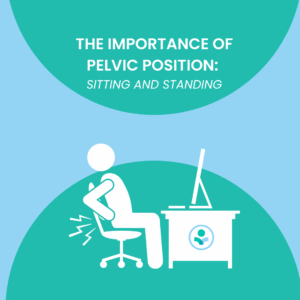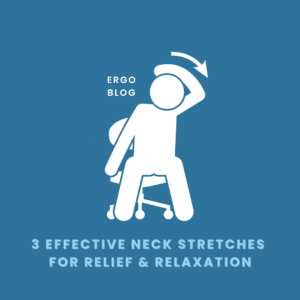Updated: Oct 12, 2023
10 Steps to Implement Positive Habits
Habits greatly affect ergonomics within our daily routines, which include hobbies, work, driving, and everything in between. Our habits are what help us be successful. For example, let’s use the idea of getting a new height-adjustable desk after working from a static, seated height for the last 10 years. The first one to two weeks of using the new desk will be fun and exciting, which will encourage us to use the standing option. However, for some people, they may go back to the old habit of sitting almost all day at work. In order to break the old habit of sitting, we need to slowly work our way to the goal of standing for 5-15 minutes per hour or about 8 minutes every half hour. It oftentimes doesn’t happen overnight.
Implementing new habits requires careful planning and commitment. Here is a step-by-step plan to help you successfully integrate new habits into your daily routine:
- Identify the Habit: Start by clearly defining the habit you want to adopt. Be specific and focus on one habit at a time. For example, instead of aiming to “exercise more,” specify the habit as “going for a 30-minute walk every morning.”
- Set a Clear Goal: Determine your desired outcome and set a SMART goal (Specific, Measurable, Achievable, Relevant, and Time-bound) for your new habit. This will provide clarity and motivation throughout the process. For instance, your goal could be to walk for 30 minutes every morning for the next three months.
- Break it Down: Divide the habit into smaller, manageable steps. Breaking it down makes it less overwhelming and easier to integrate into your routine. Create a clear action plan with specific tasks to accomplish each day or week. For example, if your habit is to read more, start with reading for 10 minutes each day and gradually increase the duration.
- Create Reminders: Set up reminders to prompt yourself to engage in the new habit. Use alarms, calendar notifications, or habit-tracking apps to ensure you remember to perform the habit at the designated time.
- Establish Cue-Routine-Reward: Follow the habit loop concept. Identify a cue that triggers the habit, perform the routine behavior, and reward yourself afterward. The reward can be something small but meaningful to reinforce the habit. For example, if your habit is to meditate every evening, the cue could be dimming the lights, the routine would be the meditation practice, and the reward might be enjoying a cup of herbal tea afterward.
- Find Accountability: Share your commitment with a friend, or family member, or join a community that shares similar goals. Having someone to hold you accountable and provide support can significantly increase your chances of success.
- Track Progress: Keep a habit tracker or journal to record your progress. Seeing your streaks and progress visually can boost motivation and help you stay on track. Celebrate milestones and reward yourself for consistent adherence to the habit.
- Overcome Obstacles: Anticipate potential obstacles that may hinder your progress and develop strategies to overcome them. Whether it’s lack of motivation, time constraints, or external factors, have contingency plans in place. For example, if your habit is to cook healthy meals but you’re short on time, prepare ingredients in advance or explore quick and nutritious recipes.
- Adjust and Iterate: Be flexible and willing to adjust your approach if necessary. If you encounter difficulties or find that the initial plan isn’t working, modify the habit or the way you implement it. Experiment with different strategies until you find what works best for you.
- Patience and Persistence: Remember that habit formation takes time and effort. Be patient with yourself, stay committed, and embrace the process. Even if you experience occasional setbacks, focus on getting back on track rather than giving up entirely.
By following this plan and staying consistent, you can successfully implement new habits and unlock positive changes in your life. Remember that building habits is a gradual process, and the key lies in persistence and self-reflection.
Check out our YouTube video below for a visual representation of the blog!



